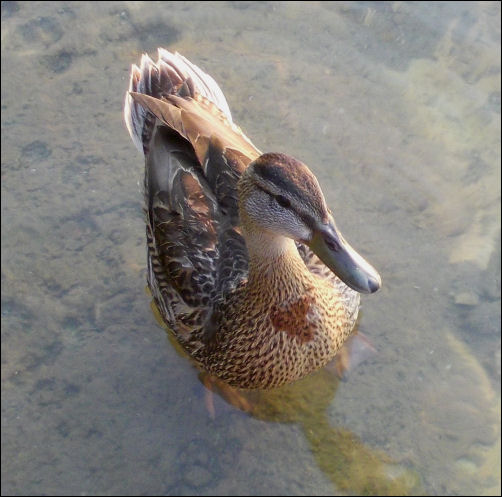
MNR Lake Fisheries Study 2012
Water Level Yearly Comparisons
Phosphorus Levels
Phosphorus amount 2010
Phosphorus amount 2014
Phosphorus amount 2015
Phosphorus amount 2017
Phosphorus amount 2018
Phosphorus amount 2021
E. Coli Tests
The following are Fecal Coliform Count and E. Coli Count water-test results for Miller Lake. Thanks to Allan Partridge, Bev Miller, R. Schmidt, Maggie Vaivods, and Paul Mundy, for the time spent taking the readings from 1973 to 2007, and compiling them into this database. Also, thanks to Dave Dolson and Greg Keane for continuing to collect samples subsequently.
Our current Water Stewards, Doug and Pat Jackson, tackled their first collections this year. All Miller Lake property owners are in their debt.
(Before you peruse this info, do you know the difference between coliform readings and E. coli tests? I didn't, but I've posted an explanation HERE.)
Fecal Coliform Count 1973 - 1978
E-Coli Count 1984 - 1986
E-Coli Count 1991 - 1995
E-Coli Count 1996 - 2000
E-Coli Count 2001 - 2005
E-Coli Count 2006 - 2007
E-Coli Count 2014
E-Coli Count 2015
E-Coli Count 2016
E-Coli Count 2017
E-Coli Count 2018
E-Coli Count 2019
E-Coli Count 2021
E-Coli Count 2022
E-Coli Count 2023
E-Coli Count 2025
Historic Coliform Testing
This is a highly-detailed report of sampling from 43 sites around Miller Lake in .pdf format. The time-frame stretches from 1984 - 2007. We are all indebted to Alan Partridge, who did most of this pain-staking work. The aim of this study was to pinpoint leaky septic fields, which it did. You can view the original sampling map from 1982 by clicking here. And you can view the sample readings for each of those locations over many years by clicking here.
Invasive Species Reports
Climate change is driving aquatic invasive species into new territories, and Miller Lake is a likely target.
In collaboration with FOCA, the MLCG has joined with other Ontario cottage associations in monitoring the spread of lake-threatening species such as zebra mussels and spiny water fleas.
These organisms spread primarily from boats being moved from one lake to another. It is critically important to clean boats thoroughly before launching them in Miller Lake. Once these species get established in a lake, they are virtually impossible to get rid of.
This report contains chart comparisons to other Ontario lakes. You can download the 2021 Invasive Species Report here.
The following is from the Miller Lake Community Group Newsletter (Loon's Call - Fall 1999) and minutes of the 1999 Summer meeting.
Lake Quality Report by Allen Partridge
Lake Partner Program - 1998
A water sample and secchi disc readings was taken and submitted, for the record, in May (1998). Last years sample showed a lake rich in nutrients with medium levels of Phosphorus.
Disk Reading - 1.7 meters
Phosphorus Reading - 10 micrograms/litre.
Water Quality Report by Bev. Miller
1998 samples taken August 16th.
A total of 49 E.coli samples were taken with the results as follows with a comparison to 1996 and 1997:
| 1996 Samples | 1997 Samples | 1998 Samples | 1999 Samples |
|---|---|---|---|
| 22, less than 10 E.coli | 39, less than 10 E.coli | 39, less than 10 E.coli | Data not available yet |
| 11 - 10 | 7 - 10 | 13 - 10 | NA |
| 3 - 20 | 1 - 20 | 6 - 20-60 | NA |
| 7 - 30 | 1 - 30 | 1 - 560 | NA |
| 1 - 50 | 1 - 110 | 1 - 200 | NA |
| 3 - 60 | NA | NA | NA |
| 1 - 120 | NA | NA | NA |
In 1998 - Miller Lake was closed or frozen over by January 10, 1999, and lake reopened March 30, 1999.
I've given you three years for comparison. Samples were taken a little later last year because of poor weather conditions and my time wasn't available earlier. In comparing, the 1997 water quality was much better. If the group would like to have a survey done for this meeting time next year, I can take one in early July, they just have to ask.
Septic Information from FOCA